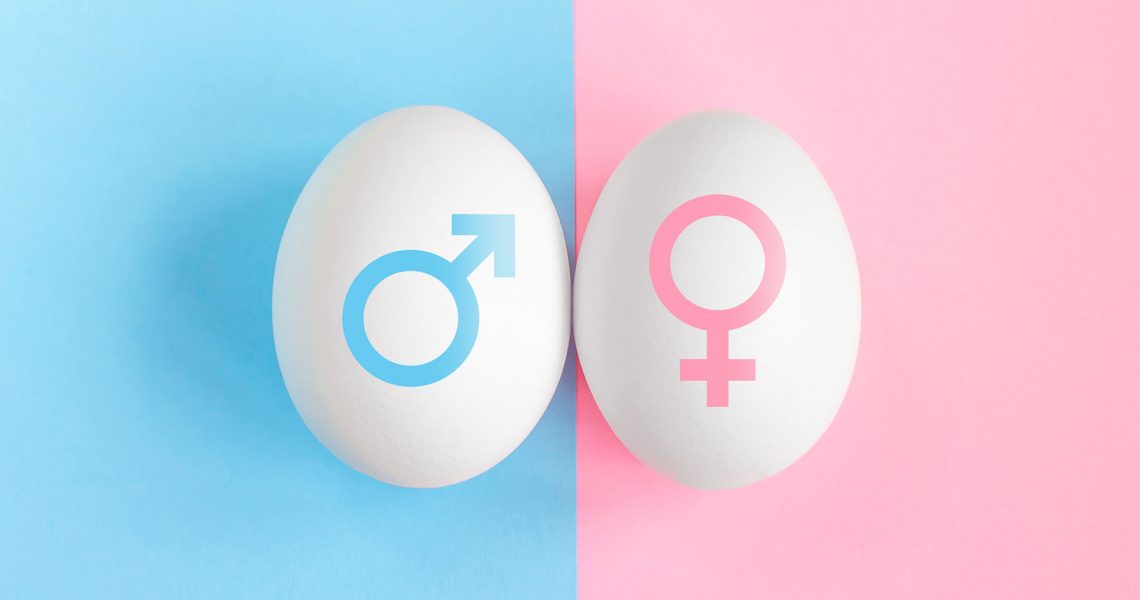Gender Selection and IVF: What You Need to Know
Gender selection is also known as sex selection, and the two phrases are frequently interchanged. It’s also known as family balancing since some individuals do it to have a child of one sex after having a lot of children of the opposite.
Gender selection can be done in two ways, although only one is commonly accepted and employed in the reproductive medical field today. Other hypotheses including diet and other modalities exist, but they lack scientific support and should not be taken seriously until they are.
Because males and females have various sex chromosomal combinations, sex selection is possible. Males have an XY chromosomal pair, while females have a XX pair. The ability to choose sperm with a preferred X or Y chromosome or embryos with either XX or XY chromosomal pairs allows parents to determine the gender of their child.
Gender selection isn’t something you can do on its own. In Vitro Fertilization (IVF) in combination with Preimplantation Genetic Testing (embryonic testing – also known as PGS or PGD) is the preferred method of sex selection.
Preimplantation genetic testing allows a fertility specialist to detect the gender of a child before the implantation process thanks to sophisticated screening and testing of embryos during in vitro fertilisation (IVF).This is no longer a science fiction concept, but rather a component of modern assisted reproduction’s new reality.
Lab tests can now detect the gender of an embryo at the earliest stages of development, thanks to advances in reproductive technology. Preimplantation genetic screening and diagnosis tests, used in conjunction with IVF, give patients the option of gender selection at their own reproductive clinic.
Gender Selection Success Rate
During IVF and gender selection, intended parents can detect gender with PGD/PGS/PGT-A! The gender selection method is nearly 100 percent accurate when a fertility specialist uses PGD tests to do the artificial insemination of baby boy and artificial insemination of baby girl.
However, due to factors such as age, egg supply, and sperm quality, not all patients are able to create healthy embryos of the chosen gender. In these circumstances, intended parents who want to pursue gender selection may consider sperm or egg donation.
Gender selection success rates using IVF with preimplantation genetic diagnosis (PGD) or preimplantation genetic screening (PGS/PGT-A) are exceptionally high, whether the rationale for gender selection is medical or elective. We’re familiar with all gender selection techniques, including sperm spinning (the process of dividing sperm into X and Y chromosomes), but combining IVF with genetic testing is the only way to guarantee that your gender selection is 100 percent accurate.
Gender selection using the PGD and PGS/PGT-A tests
IVF and Preimplantation Gender Selection Genetic testing is the most advanced sex selection procedure available, with a near-perfect accuracy rate. Several days after fertilisation, a small number of cells from an IVF embryo are taken from the embryo and sent to a genetics lab for chromosomal examination. The embryos are promptly frozen after the biopsy to await the findings of the genetic investigation. After the results are in, the intending parents must decide which embryo to thaw and use for a frozen embryo transfer. With this procedure, you can choose the child’s sex with greater than 99.9% certainty.
Your fertility physicians can examine the embryos after the egg and sperm have been mixed and fertilisation has occurred throughout the IVF treatment.Fertility specialists can use PGD/PGS/PGT-A testing on embryos to see whether they have any chromosomal abnormalities that could lead to a birth problem or developmental issue.
PGD/PGS/PGT-A tests can be used to determine your child’s gender in addition to identifying genetic issues and potential birth defects. Fertility specialists can tell if an embryo has two X chromosomes (female) or one X and one Y chromosome (masculine) (male). The gender of a baby can be properly identified using this method.
How it is done
Because precise gender selection necessitates In Vitro Fertilization, which is a time-consuming process in and of itself, it’s critical to have a fundamental understanding of what the entire process entails. In general, there are four key processes in IVF:
Ovarian Stimulation
A woman takes hormone-based drugs in order to produce a large number of high-quality, completely formed eggs (as opposed to the one that is usually made).
Egg Retrieval
This procedure involves retrieving the eggs from the ovaries. Fertilization of the eggs, embryo growth for 3-7 days in the Embryology Laboratory
Embryo Transfer
An embryo transfer is when an embryo is placed back into the uterus of the intended parent.
Because gender selection necessitates additional embryonic testing (which takes many days to complete), it necessitates not only additional steps unique to embryo testing, but also two “treatment cycles.” The first involves the creation and testing of embryos, while the second is a Frozen Embryo Transfer Cycle, which includes the preparation of the uterus for transfer as well as the FET itself.



